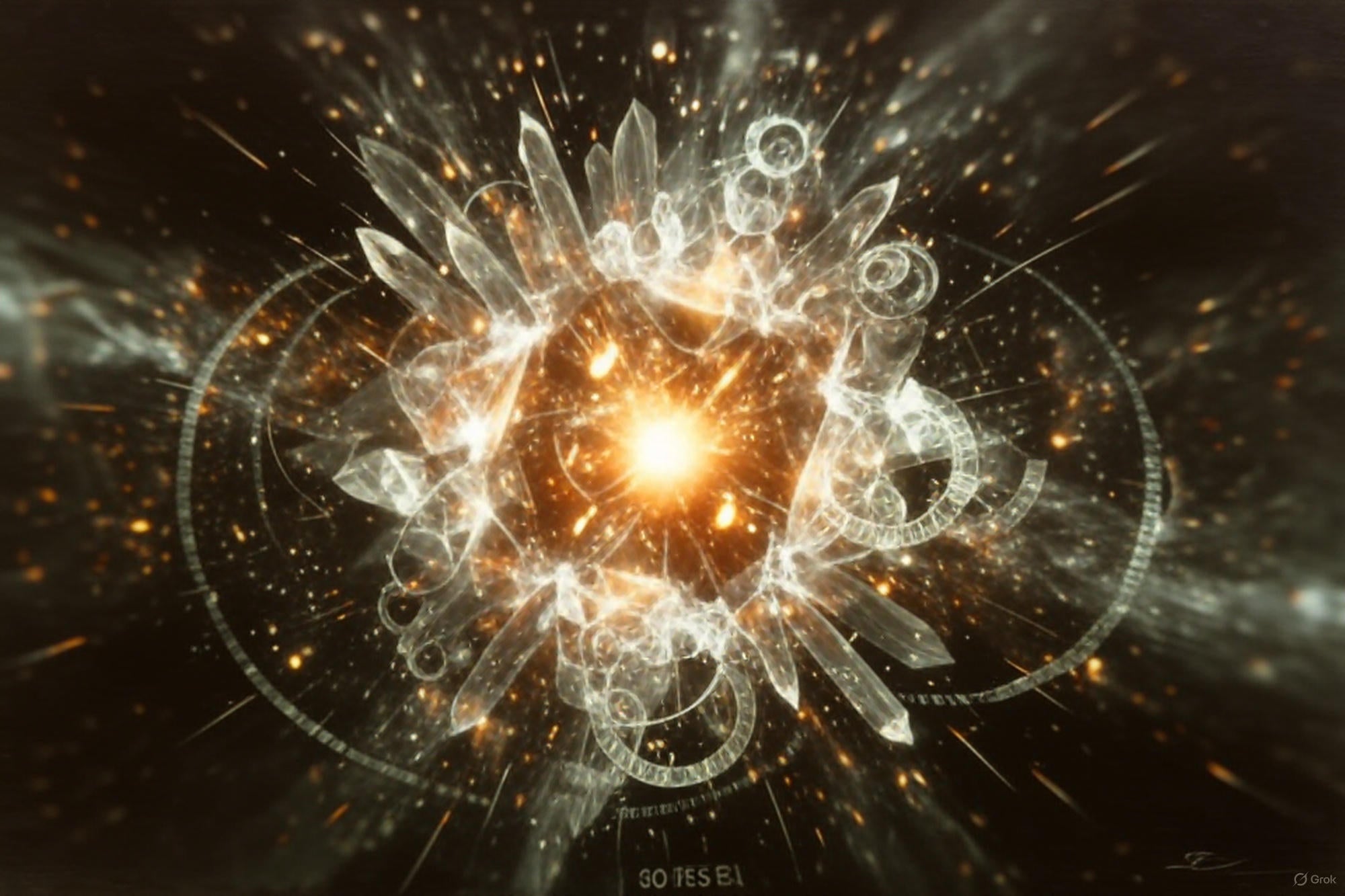Exploring Time Crystals: Science, Discovery & Quantum Wonders
On October 6, 2025, Mario Nawfal, a renowned figure on X (formerly Twitter), shared a groundbreaking post about time crystals—a phenomenon in quantum physics that challenges conventional scientific thought. Accompanied by a visually striking image, the post captivated the audience, describing a world where matter oscillates in time rather than just space. This article dives deep into Nawfal’s tweet, explains the science behind time crystals, and explores their potential impact.
TIME CRYSTALS ARE REAL & THEY’RE WEIRDER THAN YOU THINK
— Mario Nawfal (@MarioNawfal) October 6, 2025
Imagine freezing water, but instead of the molecules lining up in space, they start pulsing in time. Over and over. Forever. No energy input. No external rhythm. Just pure quantum swagger. That’s a time crystal.
Scientists… pic.twitter.com/jq6A3cmeGr
What Are Time Crystals?
Time crystals are a type of matter that defy traditional physics. Unlike normal crystals that have repeating structures in space, time crystals repeat patterns in time. Essentially, their atoms or particles pulse rhythmically forever without requiring external energy. This perpetual motion is self-sustaining—a concept once thought impossible.
Scientific Breakthrough by TU Wien
Previously, scientists believed time crystals could only exist in ultra-controlled, disorder-free environments. TU Wien researchers overturned this assumption by showing that quantum disorder—randomness itself—can stabilize time crystals. Their experiment involved trapping particles in a 2D laser grid, expecting chaotic motion. Instead, the particles synchronized spontaneously, forming a rhythmic dance with no external conductor.
Why This Discovery Matters
- Redefining Quantum Physics: Time crystals break time-translation symmetry, offering new insights into quantum behavior.
- Technological Implications: Potential applications include advanced quantum computers, ultra-precise measurement devices, and innovative materials.
- Future Research Directions: This opens doors for exploring new forms of matter previously thought impossible.
Visual Representation
The accompanying image shows a glowing orange core surrounded by crystalline structures, radiating in a star-like symmetry. The cosmic background and subtle clock-like elements symbolize the temporal oscillation of the structure, bringing the tweet’s concept to life.
Analysis and Context
Time crystals were first proposed by physicist Frank Wilczek in 2012 as a temporal counterpart to spatial crystals. Unlike conventional crystals, which break spatial symmetry, time crystals break time symmetry, creating perpetual motion at a quantum level. TU Wien’s findings that disorder can stabilize time crystals are a paradigm shift, demonstrating that randomness may be just as critical as precision in quantum systems.
The combination of image, experimental proof, and Nawfal’s engaging narrative makes the concept accessible and fascinating to both scientists and enthusiasts.
FAQs
- Are time crystals real?
- Yes. TU Wien’s 2025 experiment confirmed that time crystals exist and can be stabilized through quantum disorder.
- Do time crystals violate the laws of thermodynamics?
- No. They don’t produce usable energy or violate conservation laws. Their motion is quantum oscillation, not perpetual energy generation.
- What are practical applications of time crystals?
- Potential applications include quantum computing, highly precise atomic clocks, and novel materials with unique temporal properties.
- Who discovered time crystals?
- Time crystals were first theorized by Frank Wilczek in 2012, and experimental proof came decades later, including the TU Wien study highlighted by Mario Nawfal.
Analysis & Opinion
Time crystals represent a fundamental shift in our understanding of the universe. By defying classical assumptions about energy, motion, and order, they challenge our perception of time itself. TU Wien’s discovery suggests that randomness is not a flaw but a stabilizing feature—a concept that may revolutionize quantum theory, condensed matter physics, and even cosmology.
The philosophical implication is profound: the universe may not just be governed by strict laws but also by emergent patterns from chaos, hinting at layers of order we are only beginning to comprehend. If harnessed, time crystals could reshape not just technology but our conceptual framework of reality. In essence, we are witnessing a moment where science borders on metaphysical inquiry, reminding us that the “freakiest show on Earth”—quantum physics—is far from fully understood.


0 comments